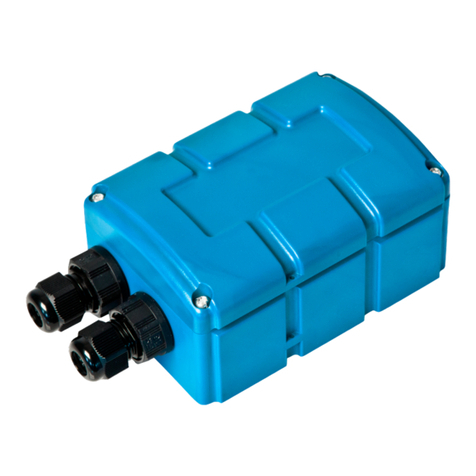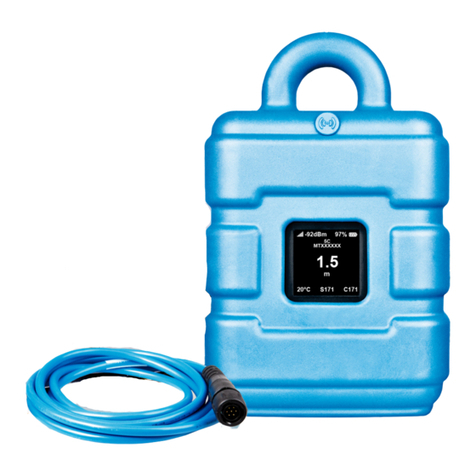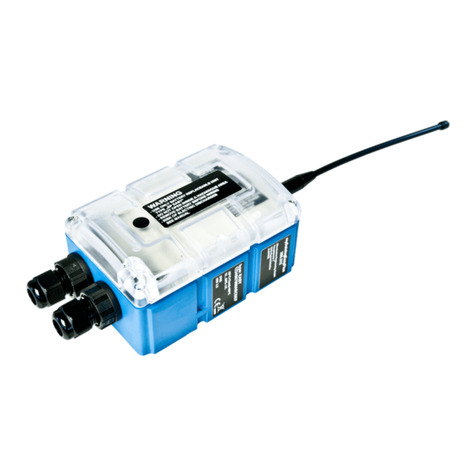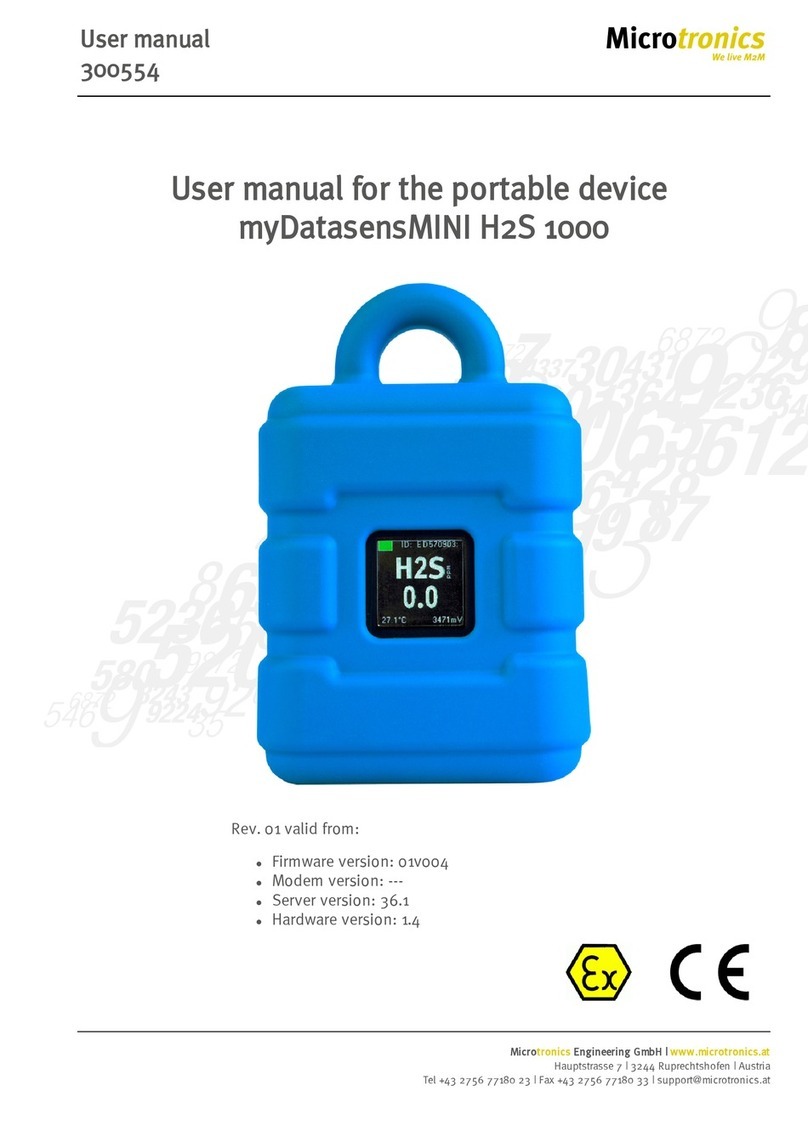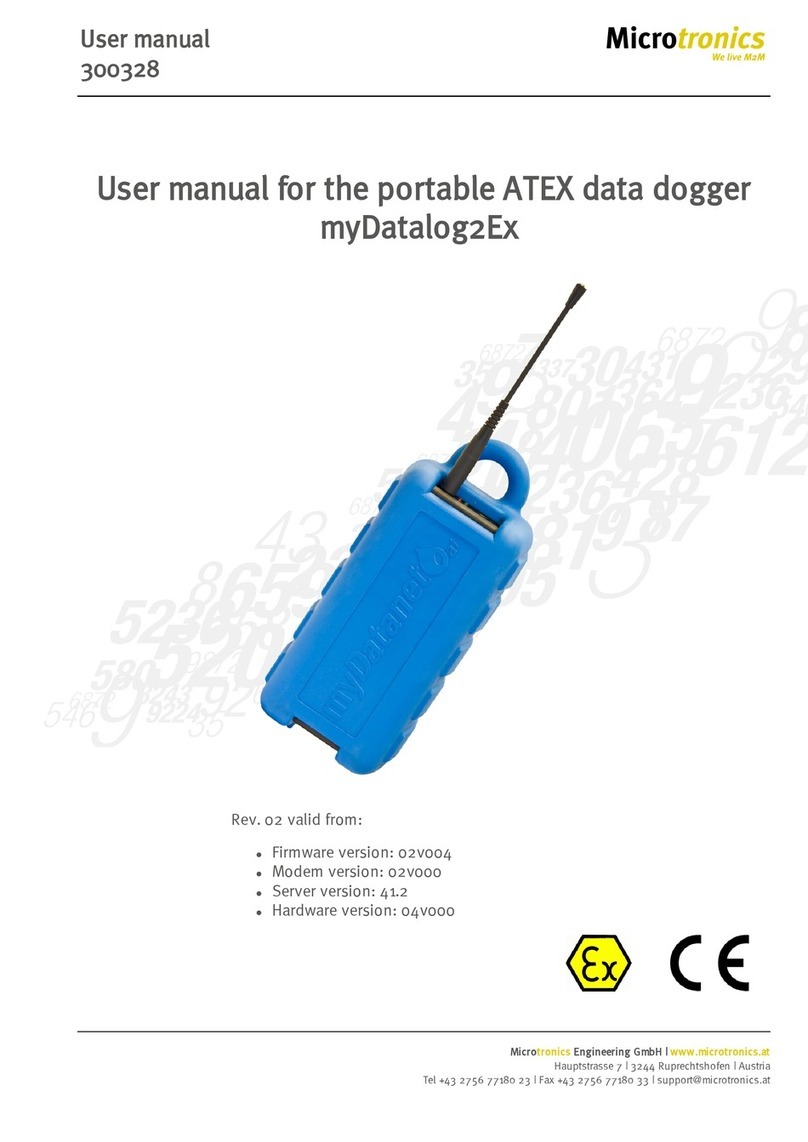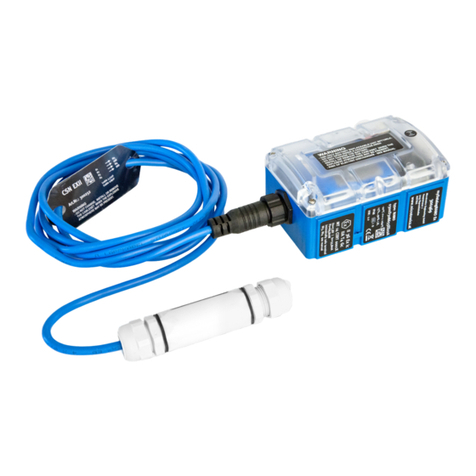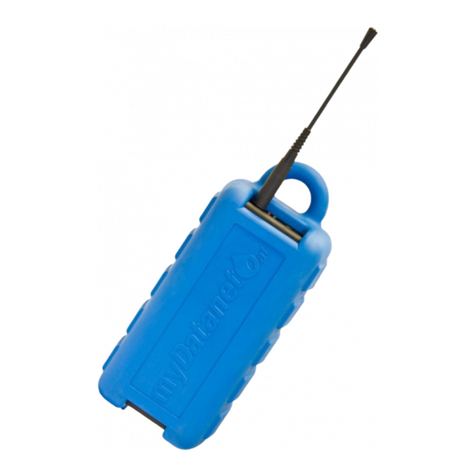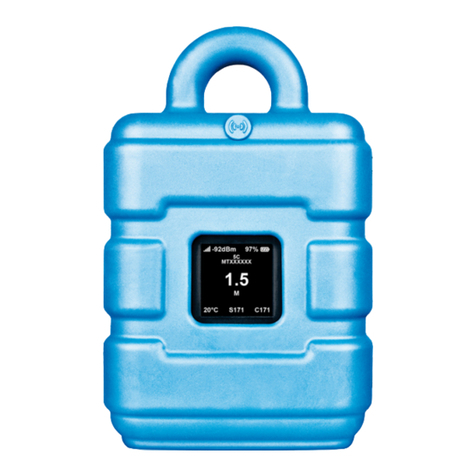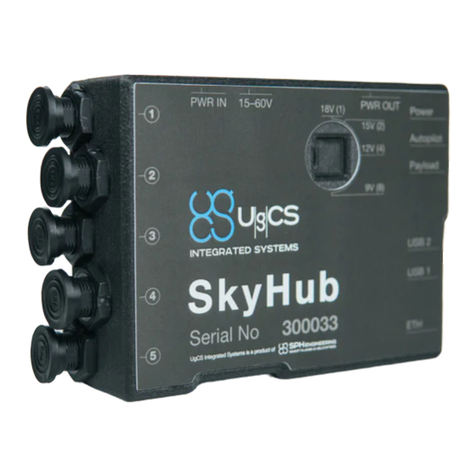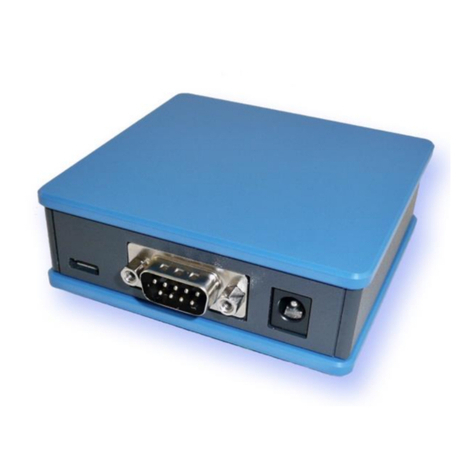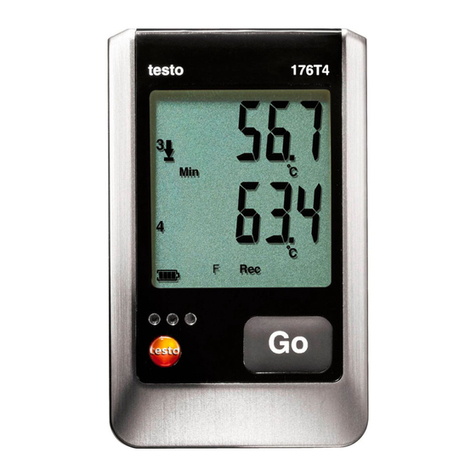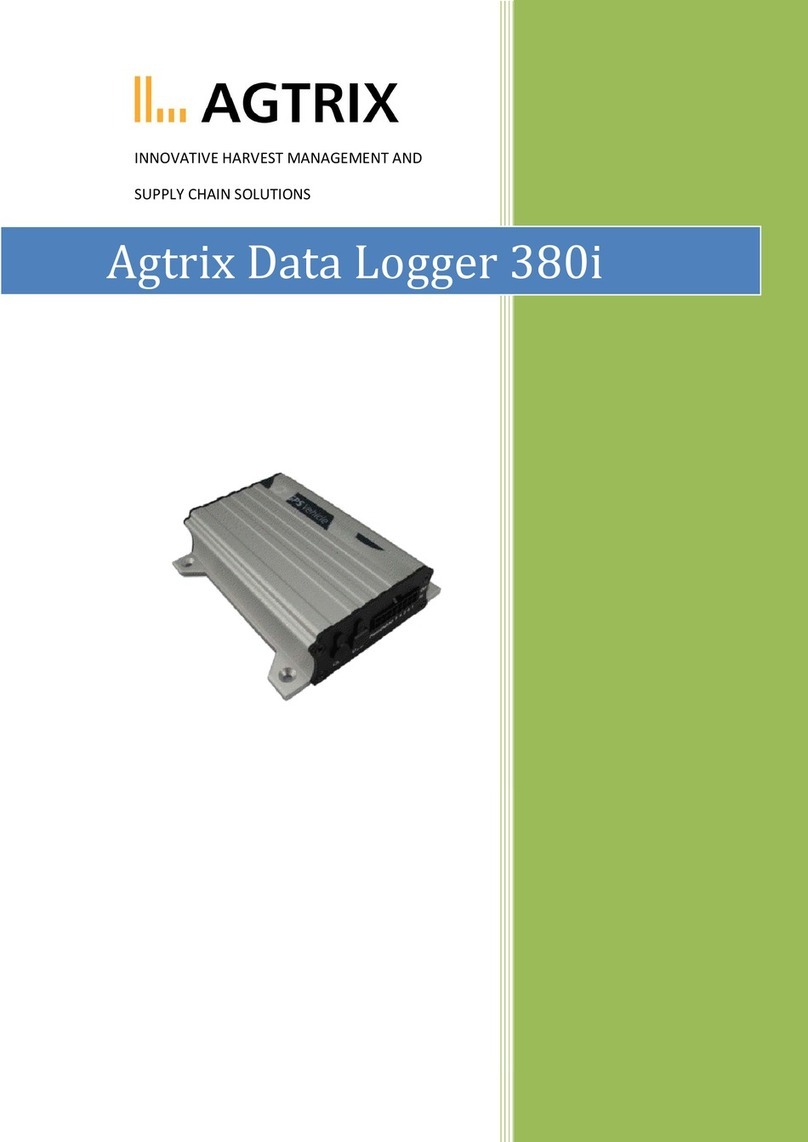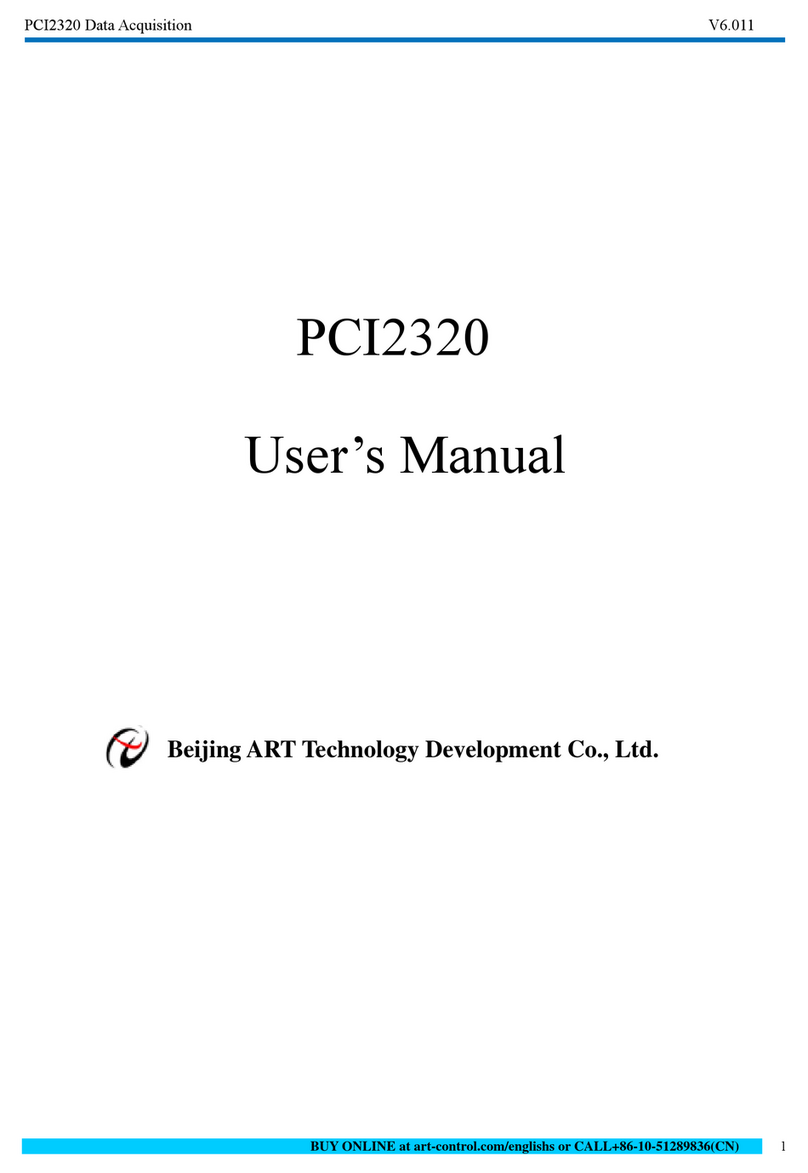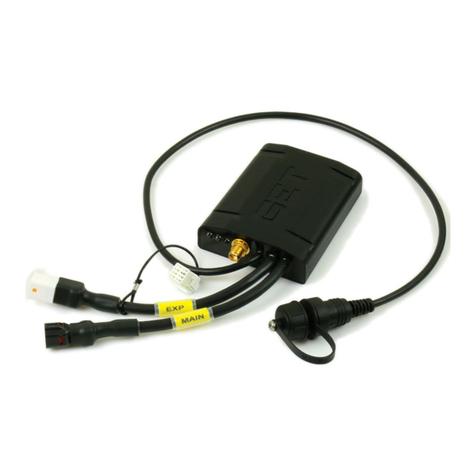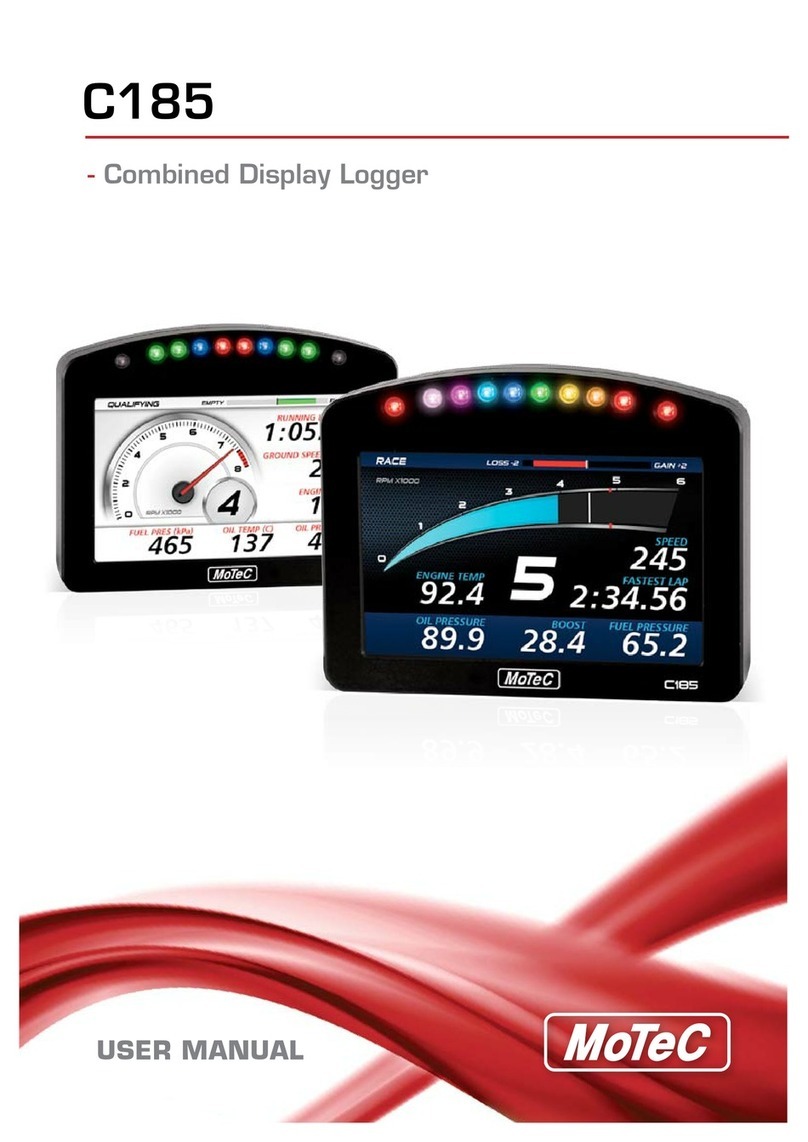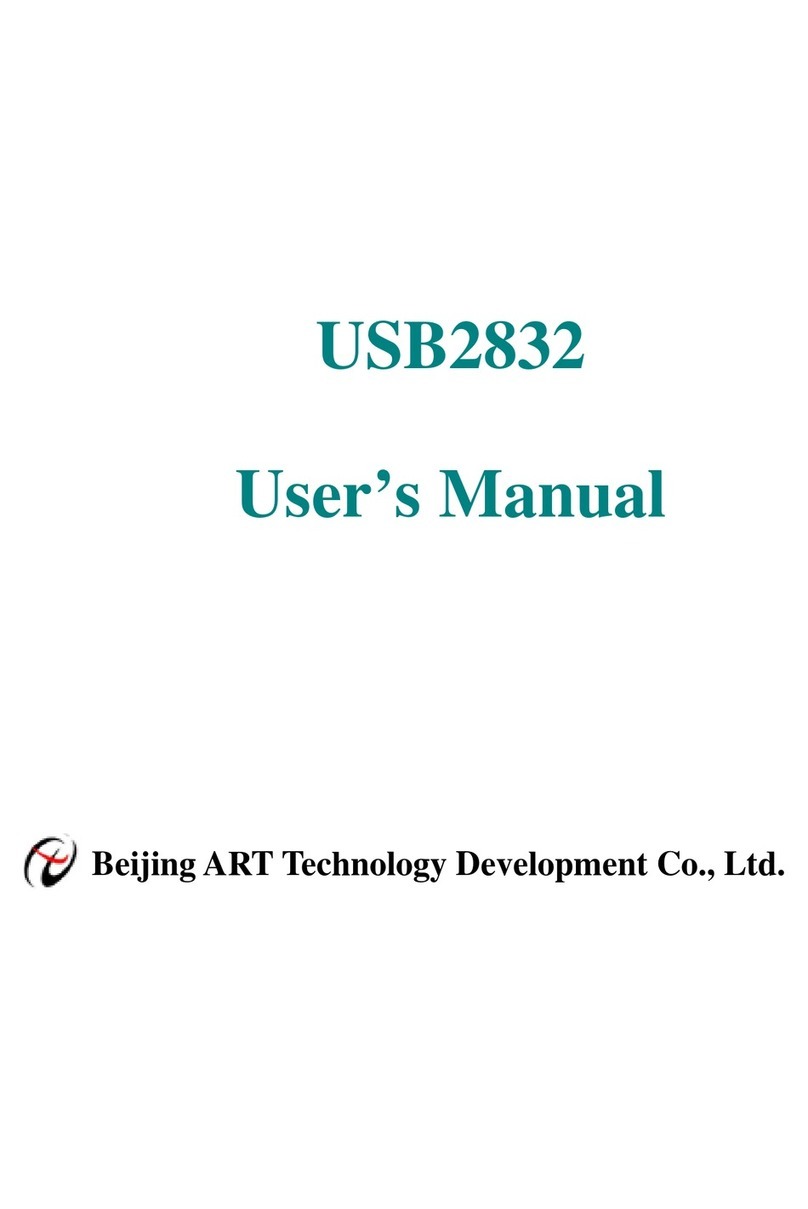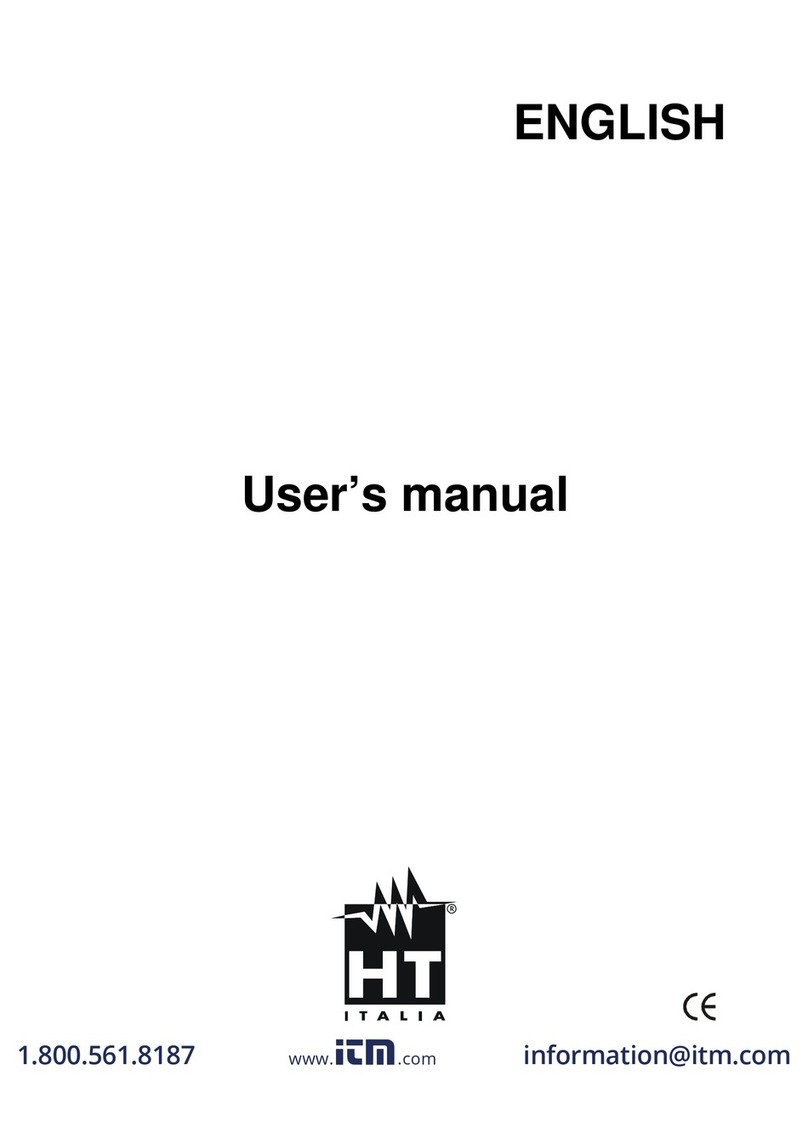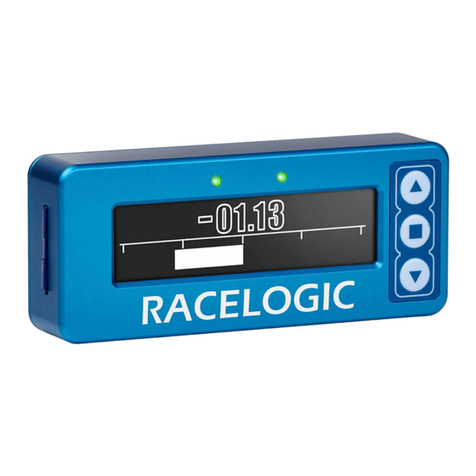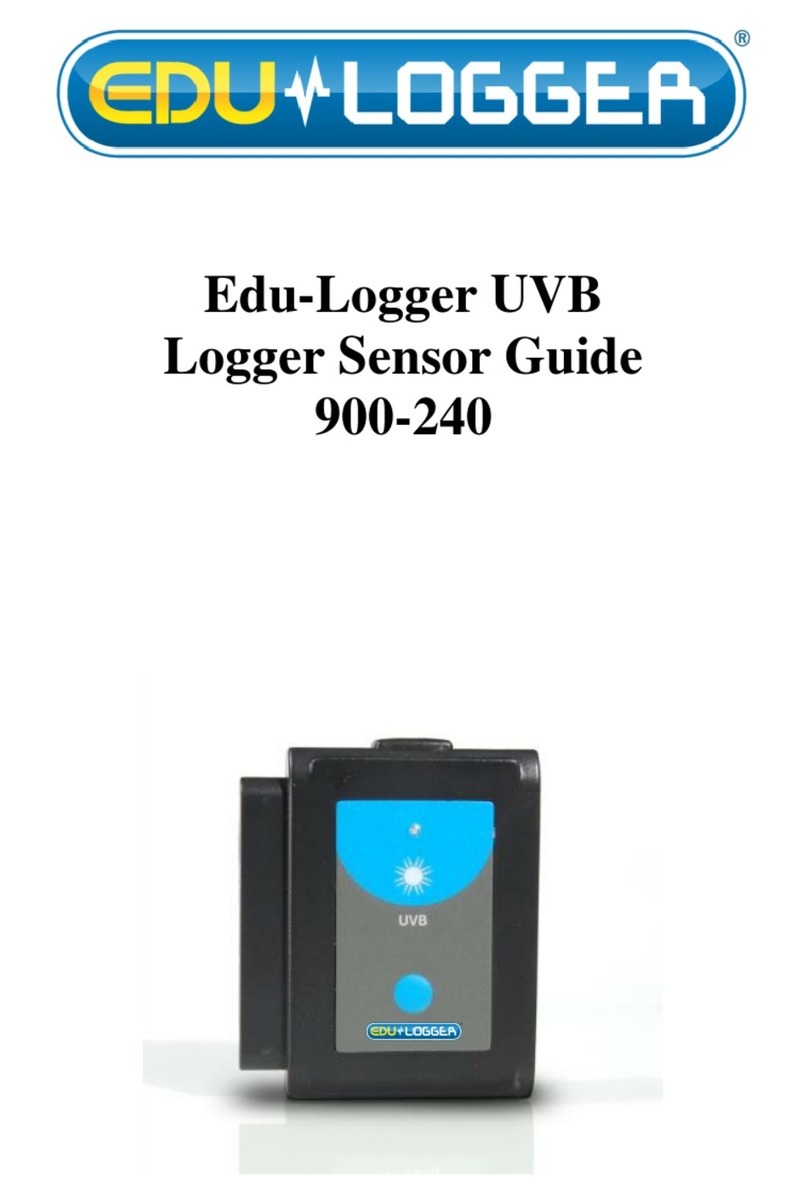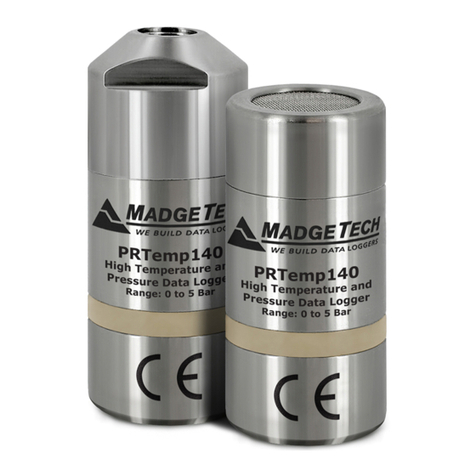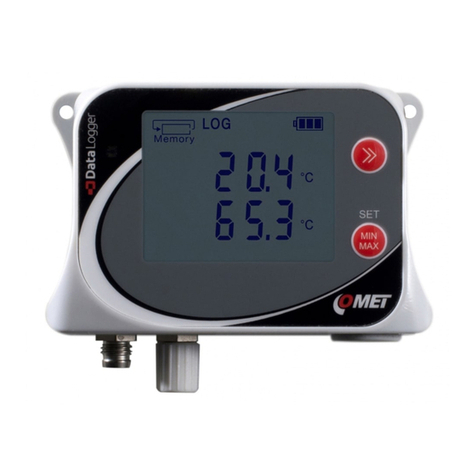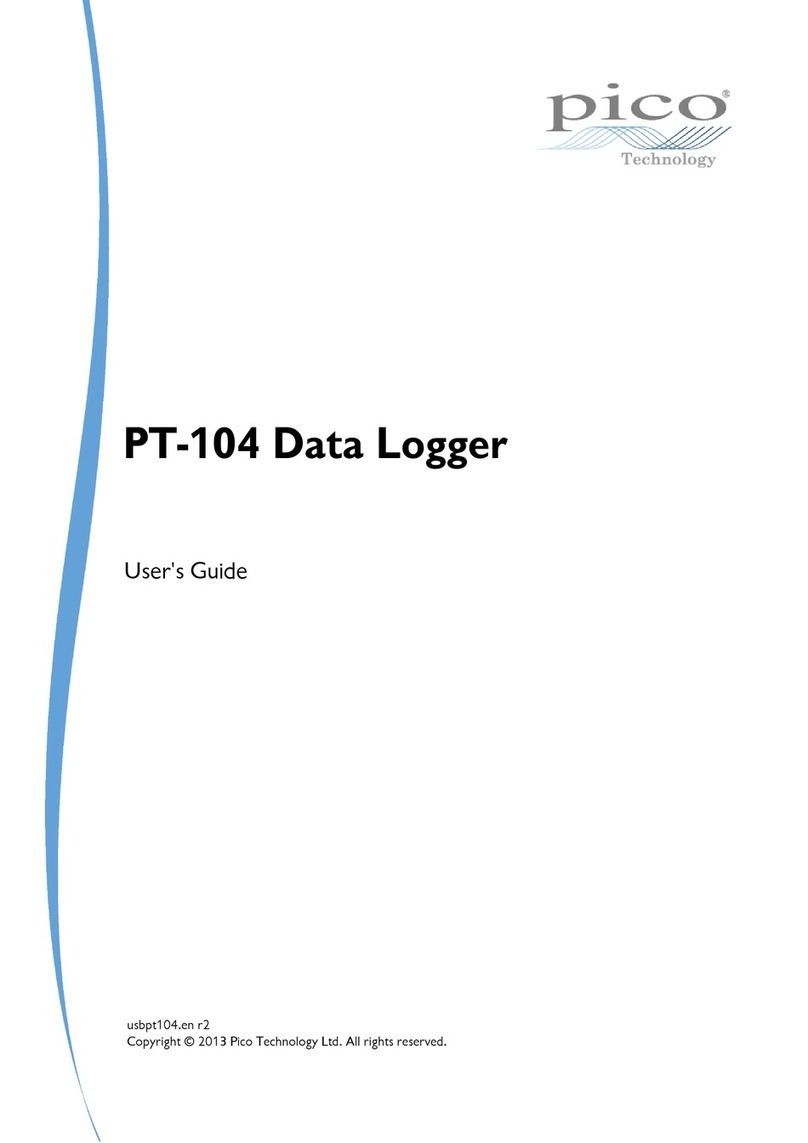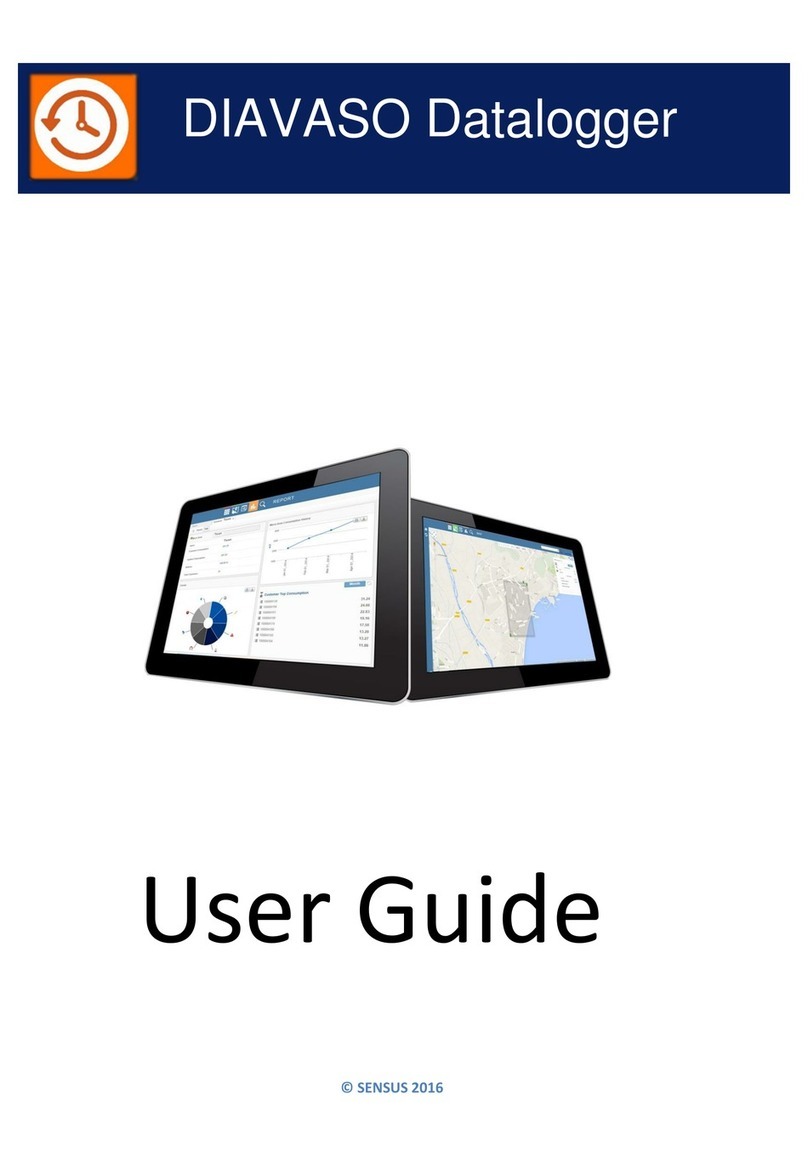
Chapter 1 Table of contents
7.4.3.3 0 to 10V mode 57
7.4.3.4 Standard digital modes (PWM, frequency, digital, day counter, impulse counter) 57
7.4.4 Technical details about the PT100/1000 interface 58
7.4.5 Technical details about the modbus interfaces (Com1, Com3) 58
7.4.5.1 Modbus-Slave Modus 60
7.4.6 Technical details about the RS232 interface (Com2) 60
7.4.6.1 Error codes of the RS232 interface 61
7.4.7 Technical details about the USB interface 61
7.4.8 Technical details about the outputs 62
7.4.8.1 Analogue output1-2 (OUT, GND) 62
7.4.8.2 Relay1-6 62
7.4.9 Technical details about the integrated rechargeable buffer battery 63
7.4.10 Technical details regarding the energy supply 65
Chapter 8 Initial Start-Up 67
8.1 User information 67
8.2 Applicable documents 67
8.3 General principles 67
8.4 Placing the system into operation 67
8.5 Testing communication with the device 68
Chapter 9 User interfaces 71
9.1 User interface on the myDatalogMUCxG/4G 71
9.1.1 Operating elements 71
9.1.1.1 Button to initiate Aloha transmission mode 71
9.1.1.2 Status LED 72
9.1.1.3 Status indication: Self-testing 73
9.1.1.4 Status display: buffer accu active 74
9.1.1.5 Button to initiate self-testing 74
9.1.1.6 Status display: Switching states of the relays 74
9.2 User interface on the myDatanet server 74
9.2.1 Site configuration 74
9.2.1.1 Site 75
9.2.1.2 Comments 75
9.2.1.3 Control 75
Rev. 01 5
